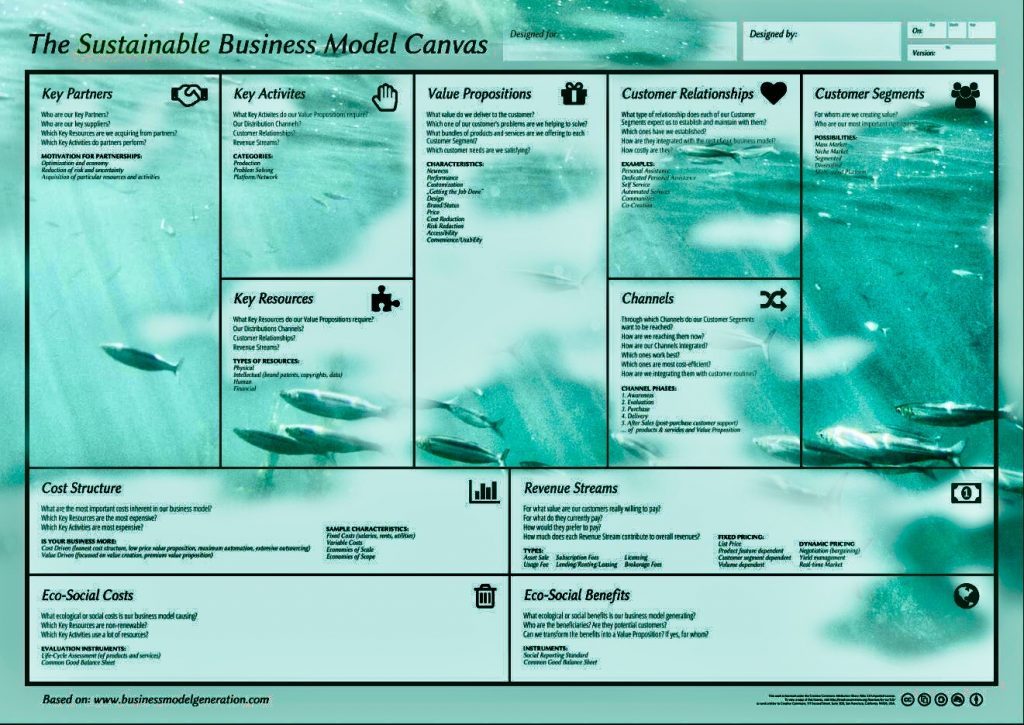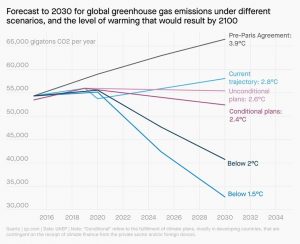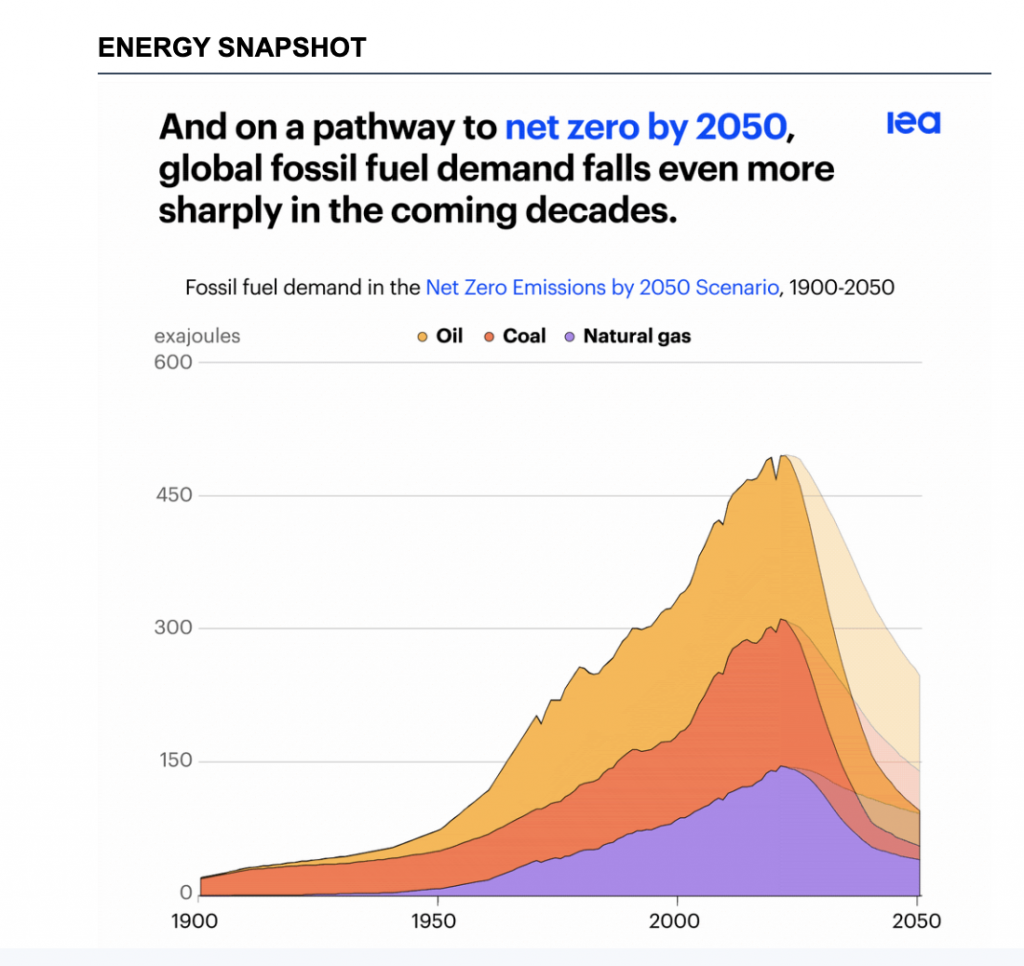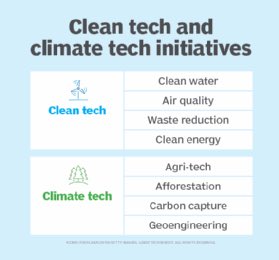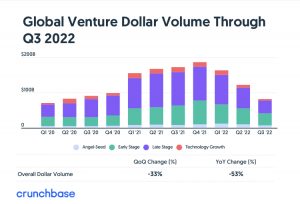How to improve your business strategy with pgf500 platform
.
The first step is to photograph the current business strategy.
.
To do this, the best tool is to use a model called a Sustainable Business Model Canvas.
.
So you can use pgf500 platform, open your own project, and enter all your info in the Sustainable Business Model Canvas.
.
.
Once this is done, since you have 15 days of free trial, you can create a pivot of your project and invite your team to the second project, simply by entering their emails in “Team”.
.
At this point you and your team can work on the new strategy, a new business model, experimenting with new actions and seizing new opportunities.
.
Remember that all the information in the 11 fields of the Sustainable Business Model Canvas is important.
.
In addition, you can also turn your business green, in order to become sustainable and carbon-neutral, Net Zero.
.
.
.
If you want to better understand what a business model is, find some insights at these links:
.
Business Model Canvas
.
Sustainable Business Model Canvas
.
Start with 15 Days For Free
.
.
.
pgf500 Team
.
—-

